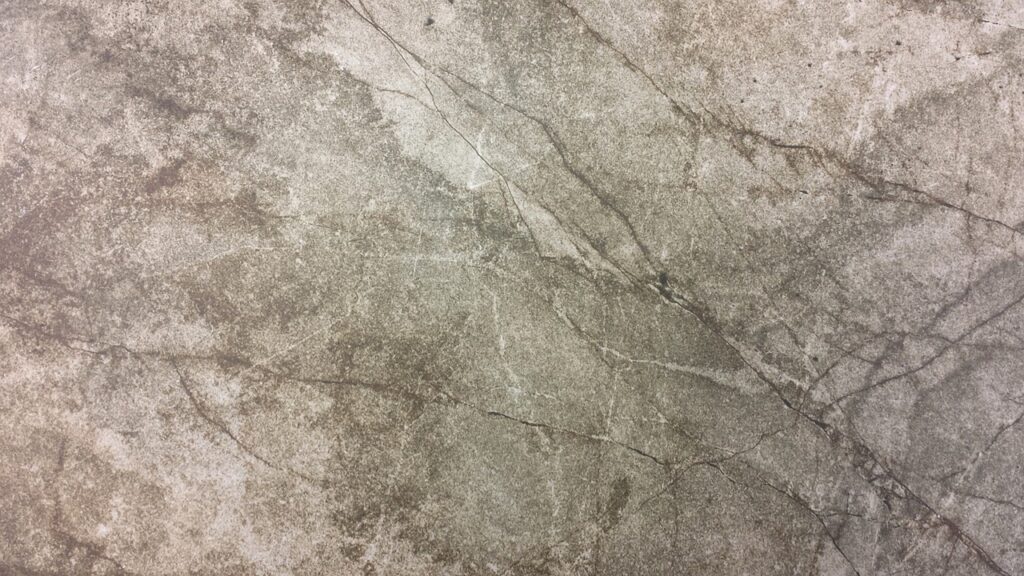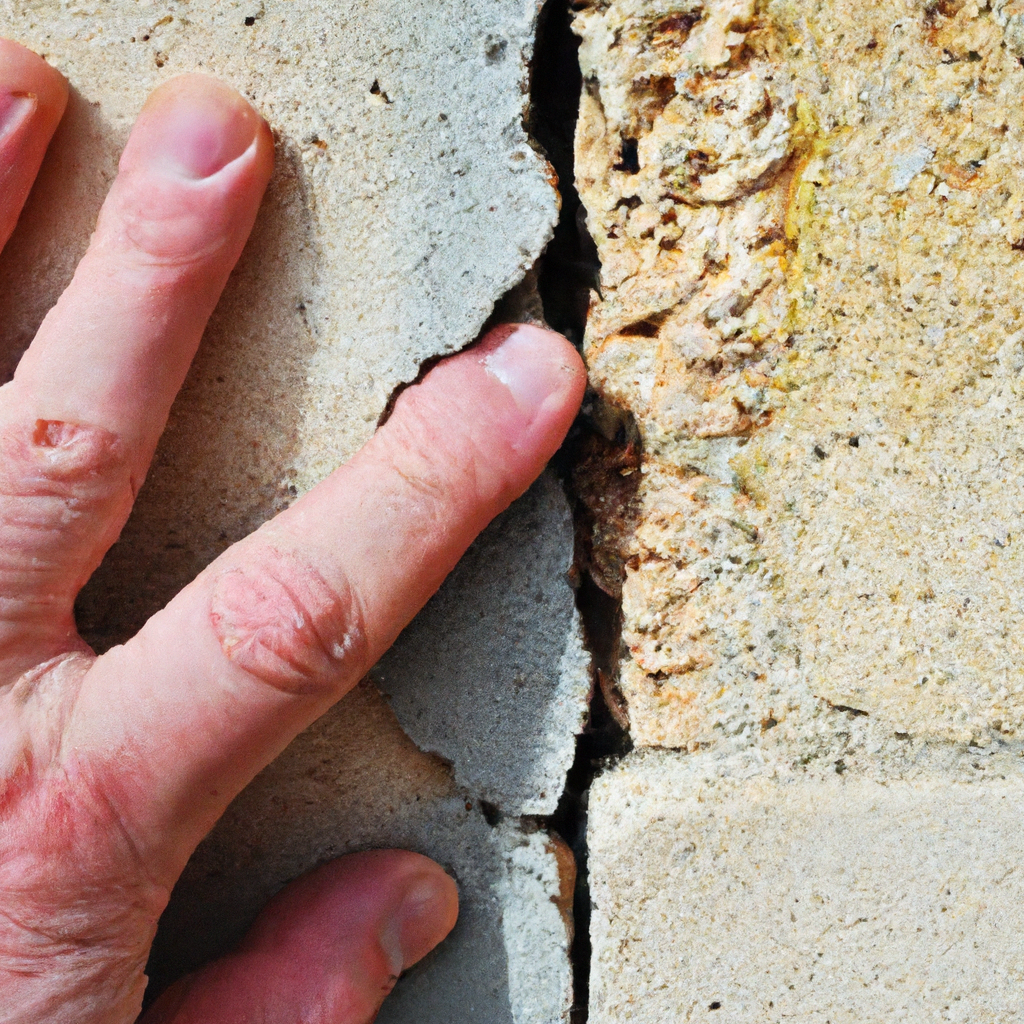If you have noticed cracks in the stucco of your home, you’re not alone. Stucco crack repair is a common concern for homeowners, but fortunately, it’s a problem with a solution. In this article, we will explore the causes of stucco cracks and provide you with practical tips to effectively repair them. So, whether you’re dealing with hairline cracks or larger fissures, by the end of this article, you will have the knowledge and confidence to tackle the stucco crack repair process and restore the beauty and integrity of your home’s exterior.

Understanding Stucco Cracks
Stucco is a popular exterior finish for many homes due to its durability and aesthetic appeal. However, over time, stucco cracks can occur for various reasons. Understanding the causes and types of stucco cracks is essential in determining the appropriate repair technique and ensuring the longevity of your stucco.
Causes of Stucco Cracks
Stucco cracks can arise from several factors, including:
- Settlement: As your home settles, the foundation may shift, causing stress on the stucco and leading to cracks.
- Temperature Changes: Extreme temperature fluctuations can cause the stucco to expand and contract, resulting in cracks.
- Moisture Intrusion: If water seeps into the stucco, it can weaken the material and lead to cracking over time.
- Improper Installation: Incorrect application techniques or the use of low-quality materials during the stucco installation can contribute to cracks.
Types of Stucco Cracks
Stucco cracks can vary in severity and appearance. Some common types of stucco cracks include:
- Hairline Cracks: These are narrow cracks that are often less than 1/16 inch wide and barely noticeable. Hairline cracks are generally considered cosmetic and may not require immediate repair.
- Spider Web Cracks: These small, interconnected cracks resemble a spider’s web and can indicate a shifting foundation or excessive moisture damage.
- Vertical Cracks: Vertical cracks can be a sign of settling or structural issues. It is crucial to assess these cracks carefully to determine their severity.
- Horizontal Cracks: Horizontal cracks may indicate more significant structural problems and should be evaluated by a professional immediately.
Determining the Severity of Stucco Cracks
Before proceeding with stucco crack repair, it is vital to evaluate the severity of the cracks. This evaluation can be done through visual inspection and a structural assessment.
Visual Inspection
To visually inspect the cracks, you will need good lighting and a keen eye. Look for the following indicators:
- Width of the Crack: Measure the width of the crack using a ruler or similar tool. This measurement will help you determine the appropriate repair technique.
- Depth of the Crack: Assess the depth of the crack by gently pressing alongside it. If it feels shallow or superficial, it may only require basic patching. Deeper cracks may indicate underlying issues.
- Movement: Pay attention to whether the cracks are stable or if they continue to widen over time. Increasing crack size may suggest an ongoing issue requiring professional assistance.
Structural Assessment
For a thorough evaluation, a structural assessment may be necessary, particularly for larger or more concerning cracks. Consult a professional contractor or engineer who specializes in stucco to assess the structural integrity of your stucco and the underlying framework.
Preparation for Stucco Crack Repair
Before you begin repairing stucco cracks, gather the necessary tools and materials, clean the cracked surface, and remove any loose stucco.
Gathering Necessary Tools and Materials
To repair stucco cracks, you will need:
- Protective Gear: Wear safety goggles, gloves, and a dust mask to protect yourself during the repair process.
- Stucco Patching Compound: Purchase a high-quality stucco patching compound suitable for your specific repair needs.
- Trowel and Putty Knife: These tools will be used for applying and smoothing the patching compound.
- Backer Rod (for wide cracks): If your cracks are wider than 1/4 inch, a backer rod can be used to fill the gap before applying the patching compound.
Cleaning the Cracked Surface
Clean the cracked surface by removing any debris, loose stucco, or dirt. Use a brush or scraper to gently clean the area, ensuring that the surface is free from loose particles that could obstruct the repair process.
Removing Loose Stucco
Using a chisel or putty knife, carefully remove any loose or damaged stucco surrounding the crack. Be cautious not to cause further damage or widen the crack while removing loose stucco.
Choosing the Right Repair Technique
Based on the severity and width of the stucco cracks, you can choose among different repair techniques:
Basic Stucco Patching
Hairline cracks or small superficial cracks can often be repaired using basic stucco patching techniques. Apply the patching compound directly to the crack, following the manufacturer’s instructions. Use a trowel or putty knife to smooth the surface and blend it with the existing stucco.
Filling Wide Cracks with Backer Rod
For wider cracks, it is recommended to fill the gap with a backer rod before applying the patching compound. The backer rod helps prevent the compound from sinking into the crack and provides additional support. After inserting the backer rod, apply the patching compound, ensuring it is level with the surrounding stucco.

Step-by-Step Guide to Stucco Crack Repair
Follow these steps for a successful stucco crack repair:
Prepping the Crack
- Clean the crack and remove any loose stucco or debris.
- For wide cracks, insert a backer rod to fill the gap.
Applying the Patching Compound
- Mix the stucco patching compound according to the manufacturer’s instructions.
- Use a trowel or putty knife to apply the compound to the crack, ensuring it fills the entire area.
- Smooth the surface of the compound, feathering it out to blend with the existing stucco.
Smoothing and Feathering the Repair
- While the compound is still wet, use a damp sponge or trowel to smooth the surface, creating a seamless blend.
- Feather the repair area to ensure a gradual transition between the patched area and the surrounding stucco.
Allowing Proper Drying Time
Allow the patching compound to dry thoroughly according to the manufacturer’s instructions. This drying period is crucial to ensure the repair sets properly and provides a durable finish.
Finishing and Painting the Repaired Area
To complete the stucco crack repair, take the necessary steps to match the stucco texture, prime the surface, and apply the appropriate stucco or paint.
Matching Stucco Texture
To achieve a seamless blend, match the texture of the repaired area with the surrounding stucco. Use a sponge, brush, or specialized texturing tool to replicate the texture. Experiment on a small area before applying it to the entire repair.
Priming the Surface
Before applying the final coat, prime the repaired area with a suitable primer. The primer helps improve adhesion and enhances the durability of the finish.
Applying Stucco or Paint
Depending on your preference and the desired aesthetic, you can either apply a fresh coat of stucco to the repaired area or paint it using a high-quality exterior paint. Follow the recommended application techniques to achieve the best results.
Preventive Measures to Avoid Future Stucco Cracks
While it is essential to repair existing stucco cracks, taking preventive measures can help minimize the risk of future cracks.
Proper Stucco Application
Ensure that stucco is properly applied by hiring experienced contractors who specialize in stucco installation. Properly mixed and applied stucco with the correct thickness and reinforcement can significantly reduce the likelihood of future cracks.
Control Joints Installation
Consider installing control joints in your stucco wall construction. These joints allow for controlled movement and help mitigate the stress caused by temperature changes and settling, reducing the chances of extensive cracking.
Seeking Professional Help for Stucco Crack Repair
In certain cases, it may be necessary to seek professional help for stucco crack repair.
When to Hire a Professional
If you notice extensive or recurring cracks, horizontal cracks, or significant structural issues, it is best to consult a professional stucco contractor or engineer. They have the expertise to identify the underlying causes and implement appropriate repairs.
Finding the Right Contractor
When hiring a stucco contractor, research their qualifications, experience, and reputation. Obtain multiple quotes, ask for references, and review their portfolio of past projects to ensure you are hiring a reliable and skilled professional.

Cost of Stucco Crack Repair
The cost of stucco crack repair can vary depending on several factors, including the size, severity, and location of the cracks, as well as the extent of the required repairs.
DIY vs. Professional Repair Costs
Repairing stucco cracks yourself can be more cost-effective, but it requires the necessary skills, tools, and time. Hiring a professional will ensure a high-quality repair but may incur additional costs for labor and expertise.
Factors Affecting Repair Cost
Factors that can influence the cost of stucco crack repair include the extent of the damage, accessibility of the repair area, complexity of the repairs, and the prevailing labor costs in your area. Obtain multiple quotes from reputable contractors to compare prices and services.
Conclusion and Final Tips
In conclusion, understanding stucco cracks and employing the appropriate repair techniques are vital for maintaining the integrity and appearance of your stucco exterior. By conducting a thorough assessment, preparing the surface properly, and using the right materials, you can successfully repair stucco cracks and prevent future damage.
Additional tips for a successful stucco crack repair include:
- Regularly inspecting your stucco for any signs of cracks or damage
- Performing repairs promptly to avoid further damage and prevent moisture intrusion
- Following the manufacturer’s instructions for mixing and applying the patching compound
- Allowing sufficient drying time to ensure a durable and lasting repair
- Implementing preventive measures, such as control joints installation and proper stucco application, to minimize the risk of future cracks.
By following these guidelines and seeking professional help when necessary, you can effectively address stucco cracks and maintain the beauty and longevity of your home’s exterior.

